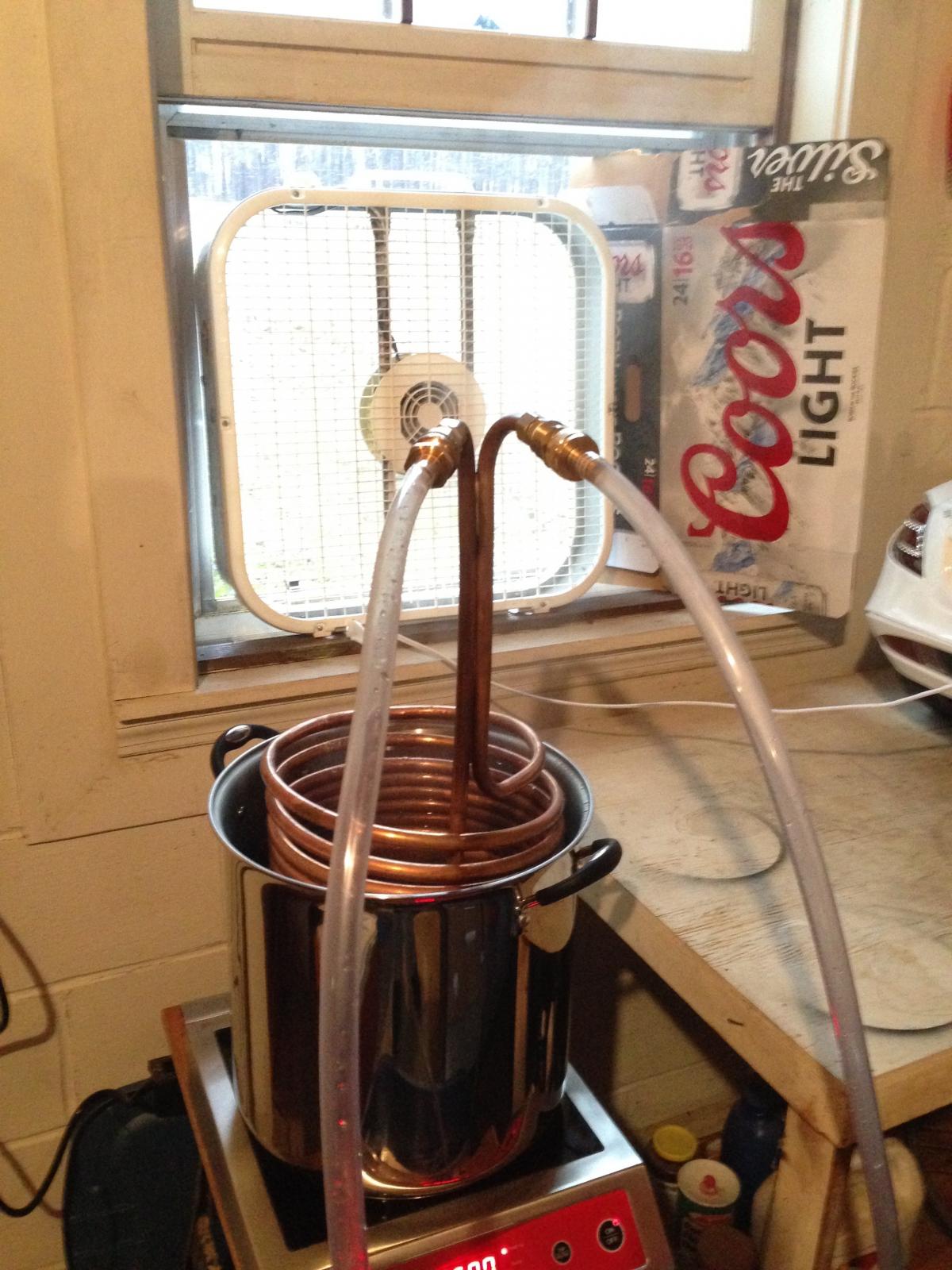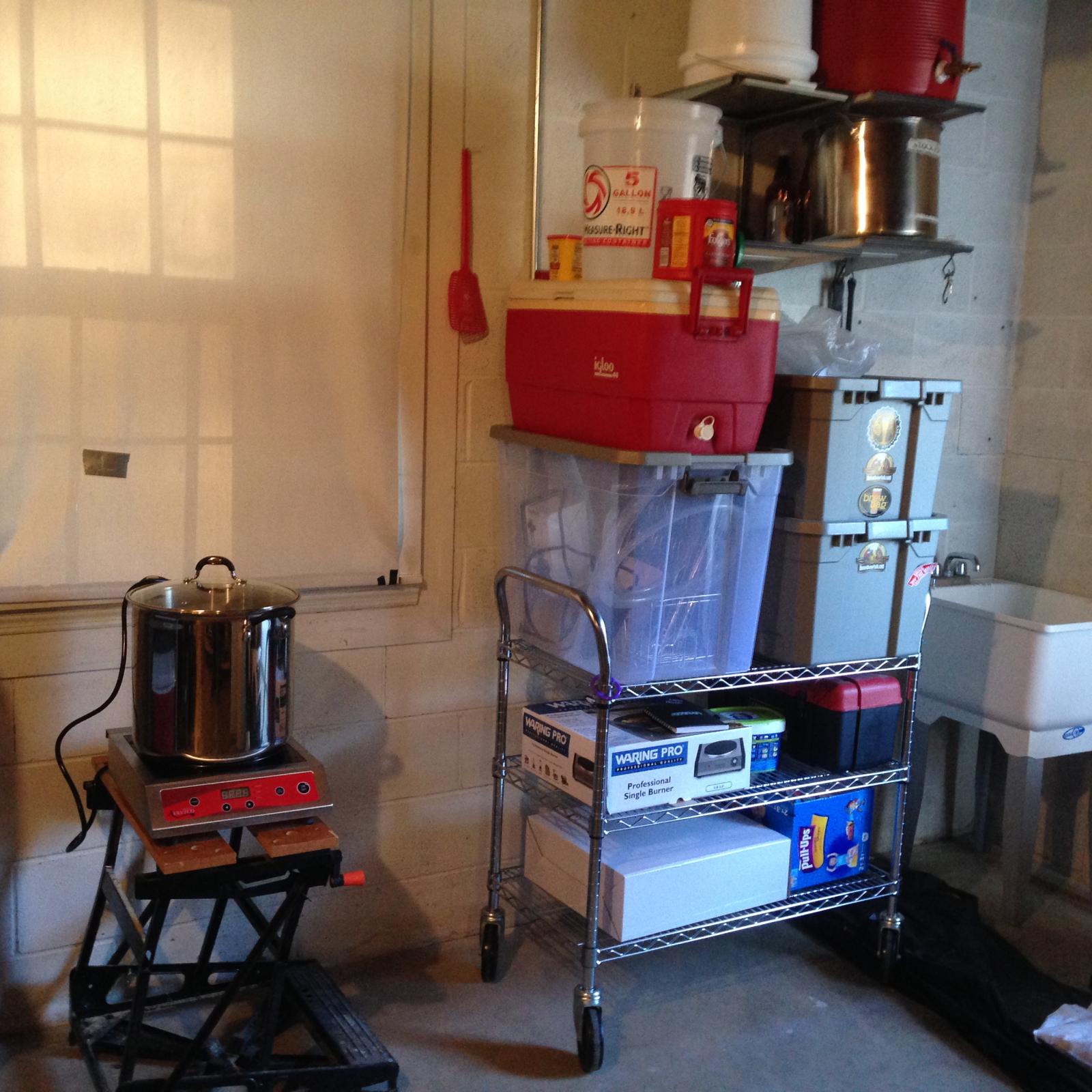The wire run will be in an unfinished basement. I'll just have to grab a ladder and make the run from the sub panel to the spot where the receptacle will be. I'll need a few feet of conduit for the wall run, but if I do it like the rest of the wiring down there, it'll just need to be tacked to the joists and/or run along the outer perimeter. Does that sound about right? Just run it along with the rest of the existing wiring?
Sounds right. In many jurisdictions NMB cannot be run exposed and unprotected. If the existing is that way, go for it.
Simple plan is run you wire leaving twice the height of you breaker box at the top of the box
Make you terminations (outlets, switches, etc)
Knockout the most convenient holes in the box (assuming the is not a large, partially filled conduit already in place) and run the wire through a clamp and then through the knockout
If you are uncomfortable around the live box, kill the main for the next 15-20 minutes but remember the main lugs are still hot
Strip the outer sheath off the romex in the box
make 180 degree bend at the bottom of the box with the individual wires before figuring out where to cut them off to enter the breaker, neutral bus or ground bus
Strip about 1/2" of the ends of the wires
Neutral and ground go in their bus bars (often the same bar but not if this is a sub panel)...Neutrals go into GFCI breakers and the pigtail on the breaker goes to the neutral bus
Hot(s) go into the breaker(s)
Breaker (s) snap into the panel
Leaving the breakers you added off, turn back on the main power
Turn one break on at a time and use a tester to check the termination
put the cover back on the breaker box
























![Craft A Brew - Safale S-04 Dry Yeast - Fermentis - English Ale Dry Yeast - For English and American Ales and Hard Apple Ciders - Ingredients for Home Brewing - Beer Making Supplies - [1 Pack]](https://m.media-amazon.com/images/I/41fVGNh6JfL._SL500_.jpg)




































